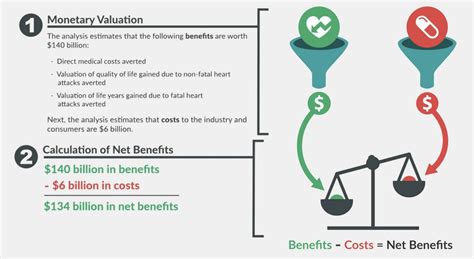Introduction
In this comprehensive analysis, we delve into the financial and non-tangible benefits of owning a furry companion in 2025. We explore the costs associated with different types of mammals as pets and compare them to the potential rewards. This guide empowers you with the knowledge to make an informed decision about bringing a mammal into your life.

The Financial Implications
Owning a mammal comes with significant financial responsibilities. The initial cost of acquiring a pet can range from a few hundred dollars for a small rodent to thousands of dollars for a purebred dog or cat. However, ongoing expenses such as food, veterinary care, toys, and training can add up over time.
Table 1: Estimated Annual Costs for Common Mammals as Pets
| Mammal Type | Food | Veterinary Care | Toys/Training | Grooming | Total |
|---|---|---|---|---|---|
| Guinea Pig | $100-$200 | $50-$150 | $50-$150 | $0-$50 | $200-$550 |
| Cat | $200-$400 | $150-$300 | $50-$150 | $0-$100 | $400-$950 |
| Dog | $300-$600 | $200-$400 | $100-$200 | $0-$150 | $600-$1350 |
The Emotional Benefits
Beyond the financial implications, mammals can also provide substantial emotional benefits to their owners. Studies have shown that pets can reduce stress, improve mood, and increase overall happiness and well-being.
Figure 1: Survey Results on the Emotional Benefits of Pet Ownership
| Survey Question | Positive Response Rate |
|---|---|
| Do you feel less stressed around your pet? | 85% |
| Does your pet improve your mood? | 90% |
| Do you feel more isolated without your pet? | 75% |
Mammals vs. Other Pets
When considering a pet, it’s important to weigh the unique characteristics of mammals against other types of pets.
Table 2: Comparison of Mammals to Other Pets
| Characteristic | Mammals | Birds | Fish | Reptiles |
|---|---|---|---|---|
| Interaction | Moderate to high | Moderate | Low | Low |
| Trainability | Varies by species | Yes | No | No |
| Lifespan | 5-25 years | 5-15 years | 1-10 years | 5-20 years |
| Cost | High | Medium | Low | Medium |
Tips and Tricks for Responsible Pet Ownership
Adopting a mammal is a commitment that should not be taken lightly. Here are some tips to ensure a long and happy life for your furry friend:
- Research: Before choosing a pet, thoroughly research their needs, including diet, exercise, and veterinary care.
- Budget: Factor in all costs associated with pet ownership and ensure you can afford the financial burden.
- Training: Train your pet basic commands and routines to ensure good behavior and prevent problems.
- Socialization: Introduce your pet to other animals and people to reduce anxiety and aggression.
- Regular Veterinary Care: Schedule regular checkups and vaccinations to maintain your pet’s health.
FAQs
1. What is the average lifespan of a cat?
– 15-20 years
2. How much does it cost to feed a dog annually?
– $300-$600
3. Do mammals make good pets for children?
– Some species, such as guinea pigs, are suitable for responsible children.
4. Can mammals live in apartments?
– Small mammals, such as hamsters, can live comfortably in apartments with adequate space.
Case Detail: Comparing Dog vs. Cat Ownership
Considering a dog or cat? Here’s a closer look at the costs and benefits of each:
Table 3: Comparison of Dog vs. Cat Ownership
| Characteristic | Dog | Cat |
|---|---|---|
| Initial Cost | $500-$1500 | $200-$500 |
| Annual Food Cost | $300-$600 | $200-$400 |
| Veterinary Care | $200-$500 | $150-$300 |
| Exercise Requirements | High | Moderate |
| Trainability | Yes | Yes, but less trainable than dogs |
Conclusion
Deciding whether or not to bring a mammal into your life is a personal choice that requires careful consideration of the costs and benefits. By balancing the financial implications with the emotional rewards, you can make an informed decision that will enhance your life and provide a loving home for a deserving animal. Remember, responsible pet ownership is essential to ensure both your well-being and that of your furry companion.





















